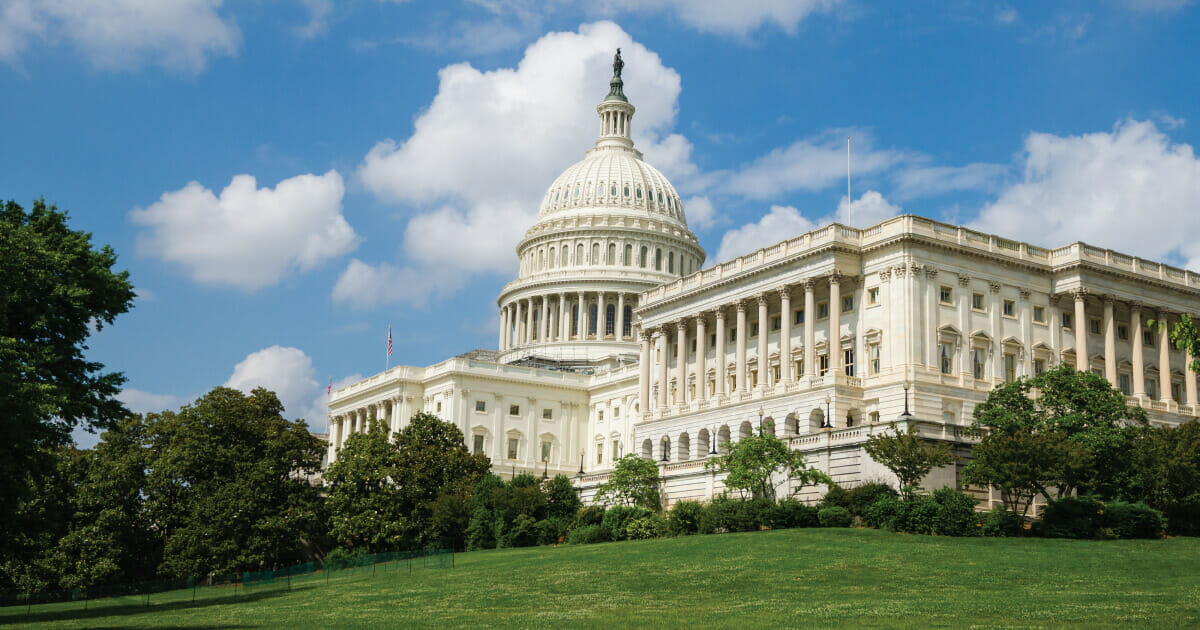Public Option
The American Rescue Plan made strides toward durable coverage. States can — and should — do more.

For too many people and small businesses, health care coverage remains far too expensive. It’s a problem that concerns giant groups of people, who broadly identify health care affordability as the most important problem to address. While Congress has recently increased financial assistance and reduced the income threshold for help to purchase marketplace insurance, states continue to have a critical role in ensuring even more people have access to affordable health care coverage as life changes.
Across the space, there are strides being made for affordability. The American Rescue Plan Act provides unprecedented increases in options. The law gives additional support for Advanced Premium Tax Credits (APTCs), which make existing tax credits more generous and extends assistance to more people. This means that people buying their coverage through the federal exchange will spend only 8.5% of their income on premiums. But this change is temporary. It will help people afford their premiums in the wake of a pandemic, but states must continue to move forward with long-term reforms to ensure people continue to have affordable care.
As states work to ensure durable coverage for their residents, many are turning to public health insurance options as a dependable, accessible, and affordable alternative to the commercial market. Public options are designed to allow state and federal governments to ensure prices are reasonable by reducing both premiums and out-of-pocket costs. Congressional action is needed to permanently extend premium assistance, but states still have a critical role to play in making care more affordable for their residents. Here is why state public options are still important:
- Relief is still needed. The need for affordable coverage doesn’t go away if federal premium assistance expires at the end of 2022, especially because people will still encounter unaffordable out-of-pocket costs. Without Congressional action, people are back to dealing with the same affordability crisis they faced before the Plan was passed. By acting now, states can offer people greater certainty of affordable care, even if this assistance expires. Their public options can reduce underlying premiums by utilizing leverage and purchasing power, establishing new fee schedules, and incorporating value-based design. For example, Colorado’s public option would reduce people’s premiums by 20%, partially by developing a new provider fee schedule. Connecticut, similarly, aims to create savings by leveraging the state employee health plan to provide coverage to those working at small businesses. And because public options — like in Washington State and what’s being considered in Connecticut — will not cost taxpayers, they are a sustainable way to provide affordable coverage to consumers long-term.
- Public option plans can be designed to address people’s affordability concerns. Under a public option, states have the flexibility to provide state level premium and cost-sharing subsidies to individuals who are ineligible for coverage under a qualified health plan. To do so, states can leverage options like the so-called “1332 waiver,” where the federal government would “pass through” savings generated by innovative state policy, such as savings generated through a state public option. This funding can then be used by the state to further improve affordability by reducing out of pocket costs and/or premiums. Additionally, coverage offered through a public option can be designed to include important benefits at little-to-no cost to people by providing services before deductibles are met. Regardless of whether Congress extends premium assistance beyond 2022, states should prioritize their residents’ affordability concerns, including out-of-pocket costs. This is particularly important for people of color, who face more cost-related barriers to care than their white counterparts.
- Small businesses need action on affordability. Extension of the new federal tax credits won’t address the affordability issues that small businesses and their employees in the small group market experience. Some states are already working on creating more affordable options for those in the small group market who won’t be helped by the additional federal assistance. Colorado introduced and Connecticut reintroduced public option legislation this year to provide people working at small businesses with relief. A public option is a viable and popular state-based solution that increases affordability for small businesses and their employees, a critical piece of any state’s economy.
- There is demand for more competition and choice. Public options can give people additional plan choices in areas that otherwise would not have many plans from which to choose. In 2020, 25% of all counties nationwide had access to only one insurer on the marketplace — and the Rescue Plan doesn’t increase peoples’ choices of plans. A public option generates more ways for consumers to purchase coverage and increases competition in areas with few offerings, thus giving consumers more choices and reducing the risk of bare counties with no plans at all.
Even with improvements the American Rescue Plan makes regarding affordability, enacting public options at the state level should continue to be considered as a way to respond to people’s needs and desires for more affordable and reliable health care long-term. The enhanced support in the American Rescue Plan will help people get through the pandemic with more affordable coverage, and gives states the runway to build long-term, sustainable approaches to help more people, including those who work for small businesses. With Washington state’s public option in operation and Connecticut and Colorado’s efforts building momentum, it is clear public options are emerging as an effective and popular way to provide high quality, accessible, equitable, and affordable health insurance.